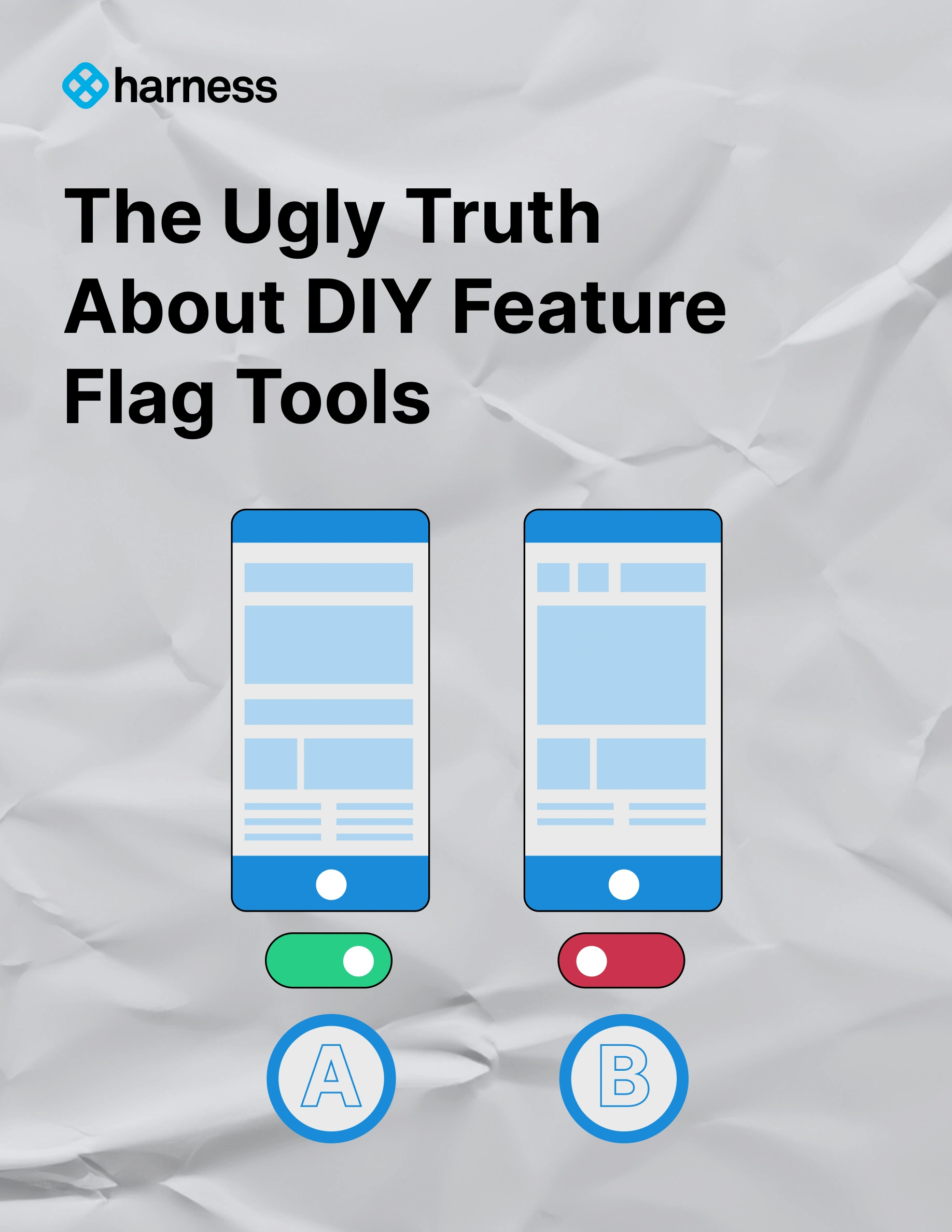What is the Software Release Life Cycle?


Key takeaway
In essence, the Software Release Life Cycle has evolved into a continuous, data-driven process that emphasizes speed, safety, and adaptability. With tools like Harness Feature Management & Experimentation, teams can now release confidently, experiment intelligently, and deliver value to users faster than ever before.
What is the Software Release Life Cycle?
The Software Development Life Cycle (SDLC) was quietly revolutionized by Agile methodology in software development. Teams have moved from releasing every few months to every two weeks, or even daily. The typical rapid iteration and tight release cycle of the Agile software development process has also transformed the Software Release Life Cycle (SRLC), the various stages through which a piece of software moves as it is safely released into the wild.
The incredible impact of Agile methodology on the SDLC and SRLC is apparent in the wide breadth of its adoption over the range of software products from web applications to APIs, touching DevOps automations and modernizing project management. Its benefits have been widely hailed as it has entered the software engineering mainstream.
This brings us to a new milestone in the software release management: The transformational potential of feature flagging for the SRLC. This article provides an overview of the various stages of the software release cycle and the outstanding possibilities that Harness Feature Management & Experimentation (FME), brings to each stage.
How Feature Flags Work With the SRLC
Features flags allow you to write control statements in your source code that create conditional alternative execution paths in a piece of software. The power of this simple concept is trailblazing for the Software Release Life Cycle at each of its stages:
Pre-Alpha Phase
In the software release cycle, pre-alpha testing is the internal software testing and validation phase of your source code. Your development team and testers can create feature flag targeting rules specifically for their development and testing environments, with a focus on validation of functionality by covering all the execution paths of a piece of software. This is where testers can also run automation testing against performance metrics and validate design decisions. With the Harness FME Software Evaluator GitHub Action integration and localhost mode, Harness FME feature flags offer excellent support for the automation and unit testing that development teams and testers would typically work into the software testing stage of their DevOps workflow.
Alpha Testing
Alpha testing confirms the core functionality of your integrated software product as a system. With well-defined segments for your production environment, you can roll out to your alpha testers and stakeholders without creating multiple software release versions, that can become a nightmare to track and manage. Incredibly, hotfixes and upgrades can be applied even by your testers in the alpha stage, allowing even the alpha version of your software product to be updated with bug fixes and improvements, in real time, in parallel with your official release version. All the while the new features in your source code continue to be enabled for your alpha testers.
Beta Stage
The beta phase is the gradual rollout of your app to your early adopters, generally an early public release version for your end users. Harness FME allows you to fine tune your release in the beta phase using segments that group end users by demographics you define. At the beta stage, with feature flags and segments, you safely and incrementally expand the reach of your new features to cover the full breadth of your production environment and ensure the full functional integration between the components in your software ecosystem, reaching across all its possible interconnections and variations.
Release Candidate (RC)
A release candidate the software product version that is released and monitored in the wild. With Harness FME feature flag targeting rules, you can carefully craft the rollout of your new piece of software as canary, or gradual percentage, and possibly further fine-tuned by end user demographics. Harness makes your releases ultra-safe with ability to rollback new features in seconds, the moment you are alerted of a degradation in any metric that correlates to a feature flag. Roll out your release candidate with flexibility otherwise impossible, even within the Agile SDLC.
General Availability (GA)
Bringing your new feature into general availability signals the stable release of your software product, also called the production release. From here you are entering the maintenance stage. Feature flags that remain at 100% rollout reach their end of life and can be safely retired, as can flags that are unused in your production environment.
Take-Aways for High-Quality Release Versions With Feature Flags
We have seen how software engineering teams, together with release managers, can plan for feature flags at the software design stage for easy incorporation into source code during the Agile software development process and reap the benefits at the various stages of the software testing and release cycle.
With Harness transforming your Software Release Life Cycle, you can rapidly move through the stages of development to seamlessly deliver high-quality final products and a superior user experience.

The Ugly Truth About DIY Feature Flag Tools
DIY feature flags seem simple at first, but often lead to tech debt, resource drain, and scaling issues. This playbook shows why enterprises need professional feature management.
